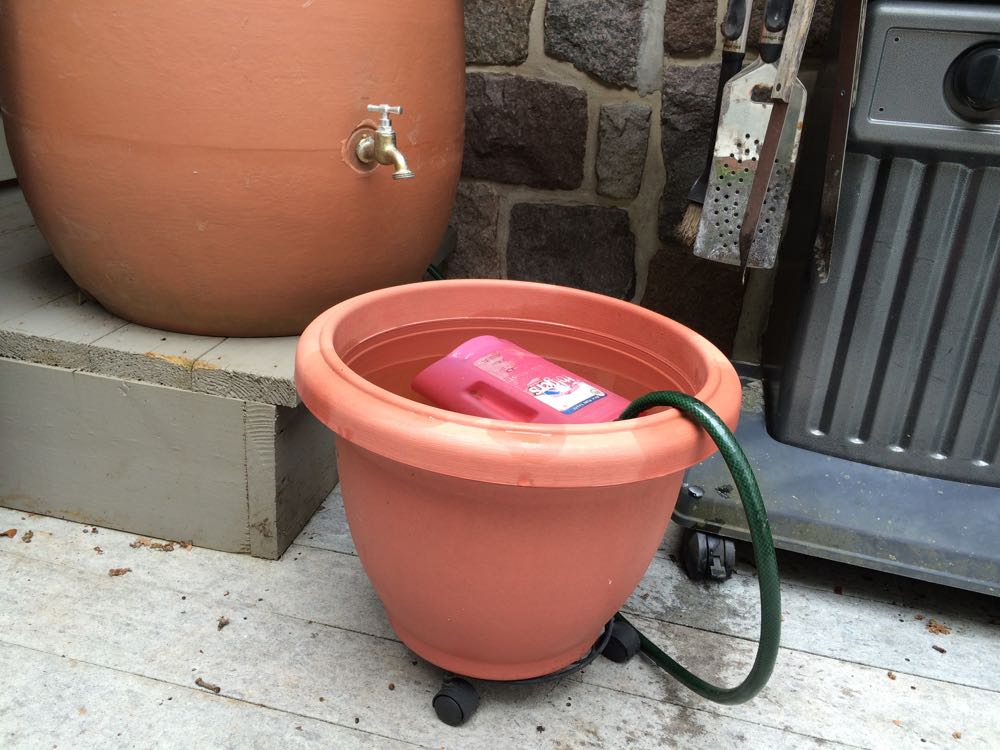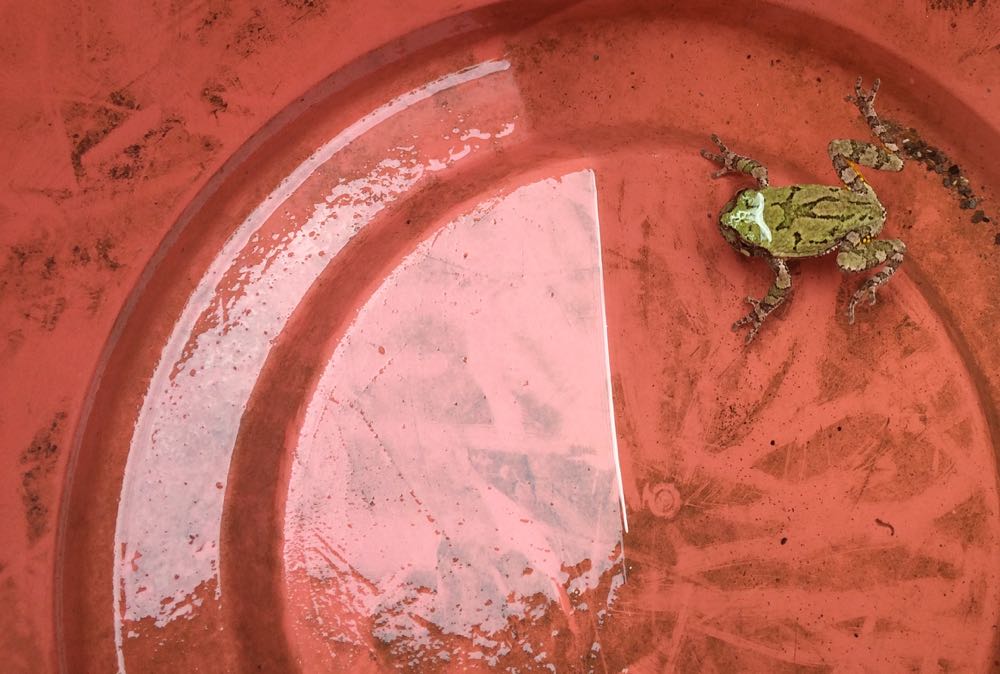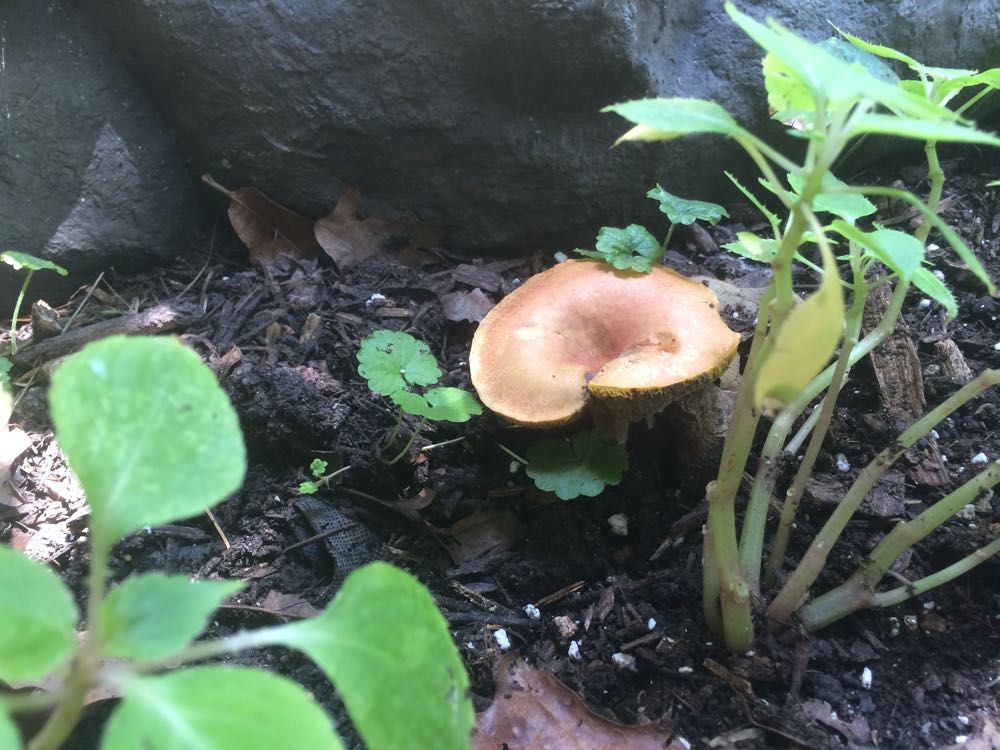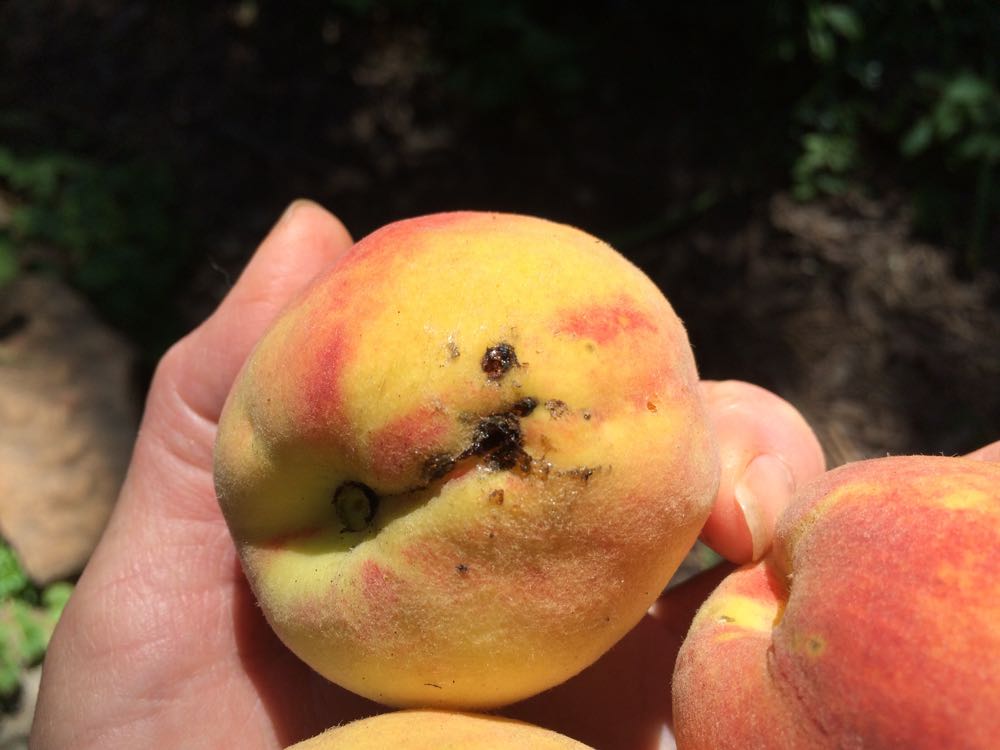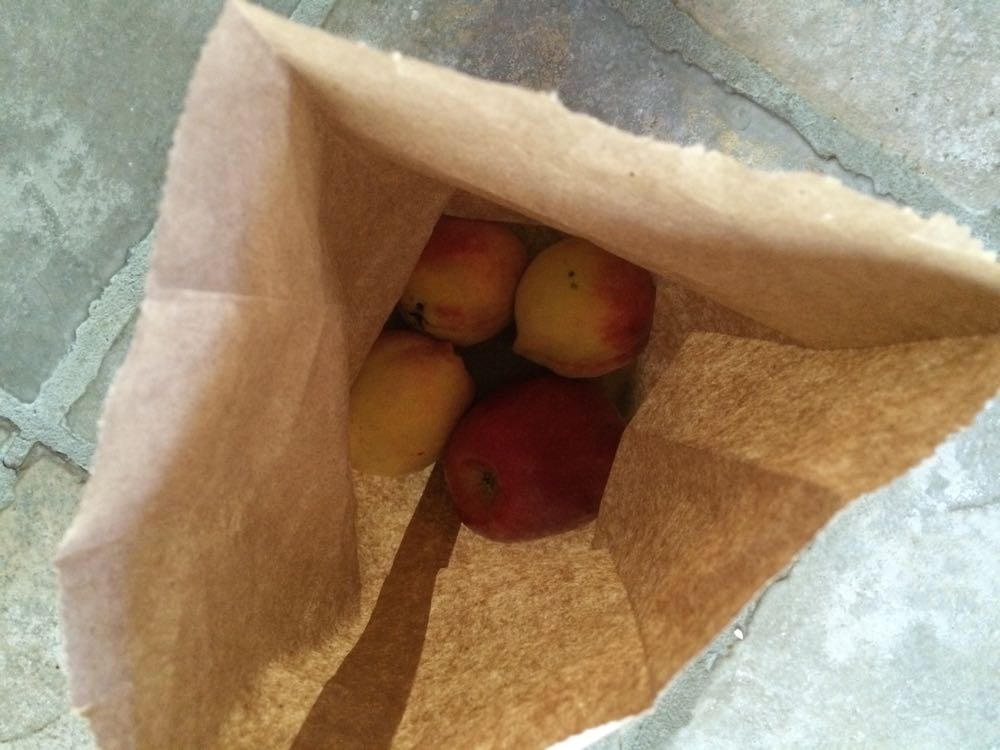Be Patient with Impatiens
/A pot of impatiens at the corner of my Bluebird Gardens home getting some rain.
Be Patient with Impatiens
If I spend any money on annuals, it's on impatiens, Latin for Impatients. I especially love the double ones, which look like small roses.
This year, a friend gave me a start of her pink Impatients so I planted them in my favorite garden spot, a pot that lies at the walkway corner to the front of my house. We often think about doing creative things with plants but one can also be creative with pot placement. In this case, I lie the pot on it's side and plant it so the flowers seem to be spilling out of the pot.
These little pink plants almost didn't make it.
The first little sprig was consumed by a rabbit; I saw it hopping off when I was rounding the corner. Could have been Peter Rabbit, didn't see him close enough to identify.
Then we had record hot summer temperatures in Missouri, something impatients don't like, particularly if someone forgets to keep their soil moist. Guilty, but not by design, I thought I was watering them. They needed more.
Finally we had a break in the weather and a summer rain storm cooled everything off. It was just what the flowers needed to bloom.
This turned on its side flower pot keeps getting picked up. Please leave it as you found it!
Impatiens prefer shade so I have this pot in a shady area where I can see it daily.
Whenever I spot it, I smile at the memory of a contractor doing work at the house. Whenever he would walk by the pot, he would pick it up and "set it right," thereby dislodging the flower roots.
I finally convinced him to leave the pot alone but I don't think he was ever convinced I had it sideways by design!
Charlotte



